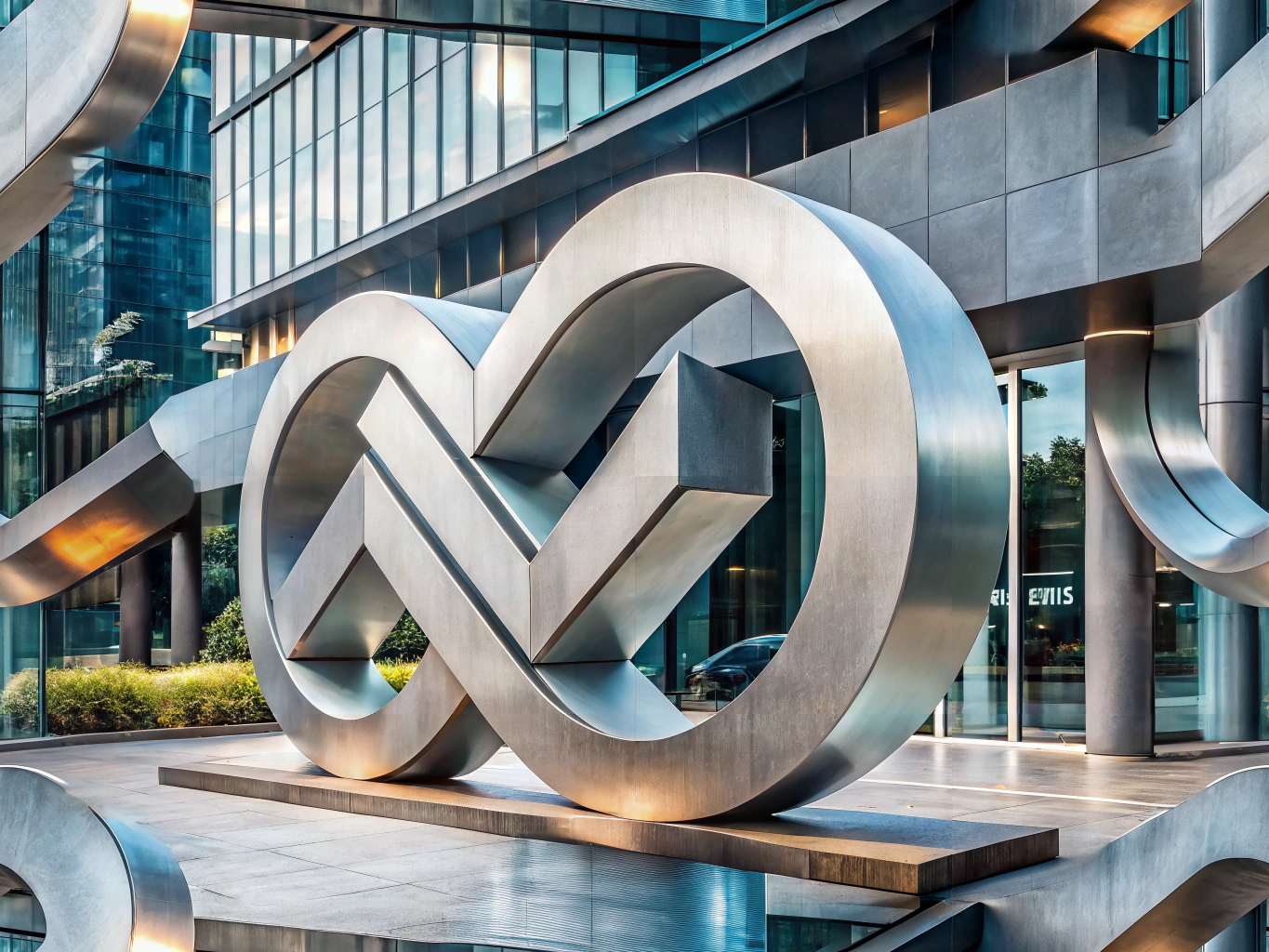The Art of Negative Space: Elevating Sign Design to New Heights
In the world of sign design, where every detail matters, negative space emerges as an unsung hero. Often referred to as white space, this unmarked area surrounding the main elements of a design is more than just empty space. It’s a powerful tool that allows the viewer’s eyes to rest, focus, and absorb the key message. By strategically weaving negative space into their designs, artists can transform a simple sign into a compelling visual narrative.
The Secret to Readability and Focus
Imagine walking down a bustling street, surrounded by a sea of signs vying for your attention. Which ones catch your eye? More often than not, it’s the signs that embrace simplicity and clarity. Negative space is the secret ingredient that enhances readability. When a sign is cluttered with too much information or imagery, it overwhelms the viewer, obscuring the main message. By embracing negative space, designers craft a visual hierarchy that naturally guides the viewer’s gaze to the most important elements, such as the brand name or a compelling call to action.
Achieving Harmony Through Visual Balance
Negative space is the maestro conducting the symphony of visual balance in sign design. A well-balanced sign is not only aesthetically pleasing but also more likely to capture and hold the viewer’s attention. By thoughtfully distributing negative space around text and images, designers create a harmonious composition that amplifies the sign’s overall impact. This balance is what makes a sign not just seen, but remembered.
Amplifying Brand Recognition
In the realm of branding, clarity is king. Effective use of negative space can significantly bolster brand recognition. By allowing key elements of the brand, such as logos or taglines, to stand out against a clean backdrop, negative space reinforces brand identity. This clarity ensures that the brand message is not only memorable but also easily recognizable, even from afar. It’s the difference between a brand that blends in and one that stands out.
Engaging the Viewer’s Eye
A sign that skillfully utilizes negative space is like a well-composed piece of art—it invites the viewer in. When a sign is easy to read and visually appealing, it encourages viewers to linger, to engage with the content. This increased engagement can lead to higher conversion rates, whether the goal is to drive foot traffic to a store or to elevate awareness of a campaign. In essence, negative space is the bridge between a fleeting glance and a lasting impression.
Crafting with Negative Space: Tips for Designers
- Embrace Simplicity: Let simplicity be your guide, allowing negative space to spotlight the main message.
- Master Contrast: Use contrast to ensure text stands out against the background, enhancing readability.
- Highlight Key Elements: Identify the sign’s most crucial elements and use negative space to draw attention to them.
- Experiment with Layouts: Play with different layouts to discover the perfect balance of negative space and design elements.
The Strategic Elegance of Negative Space
Incorporating negative space in sign design is not merely an aesthetic choice; it’s a strategic one. By enhancing readability, achieving visual balance, amplifying brand recognition, and boosting viewer engagement, negative space is integral to the art of effective sign design. Designers who master this subtle yet powerful tool can create signs that not only capture attention but also communicate messages with clarity and elegance. In the dance of design, negative space is the silent partner that makes the performance unforgettable.
For more insights on effective sign design, visit our Sign Design Tips page.

